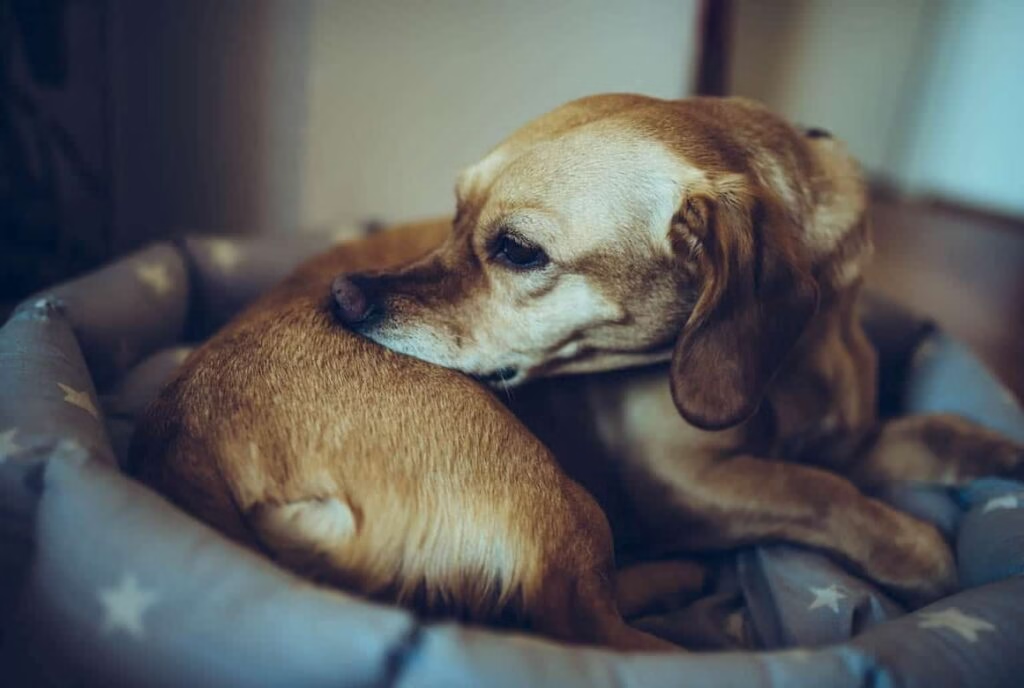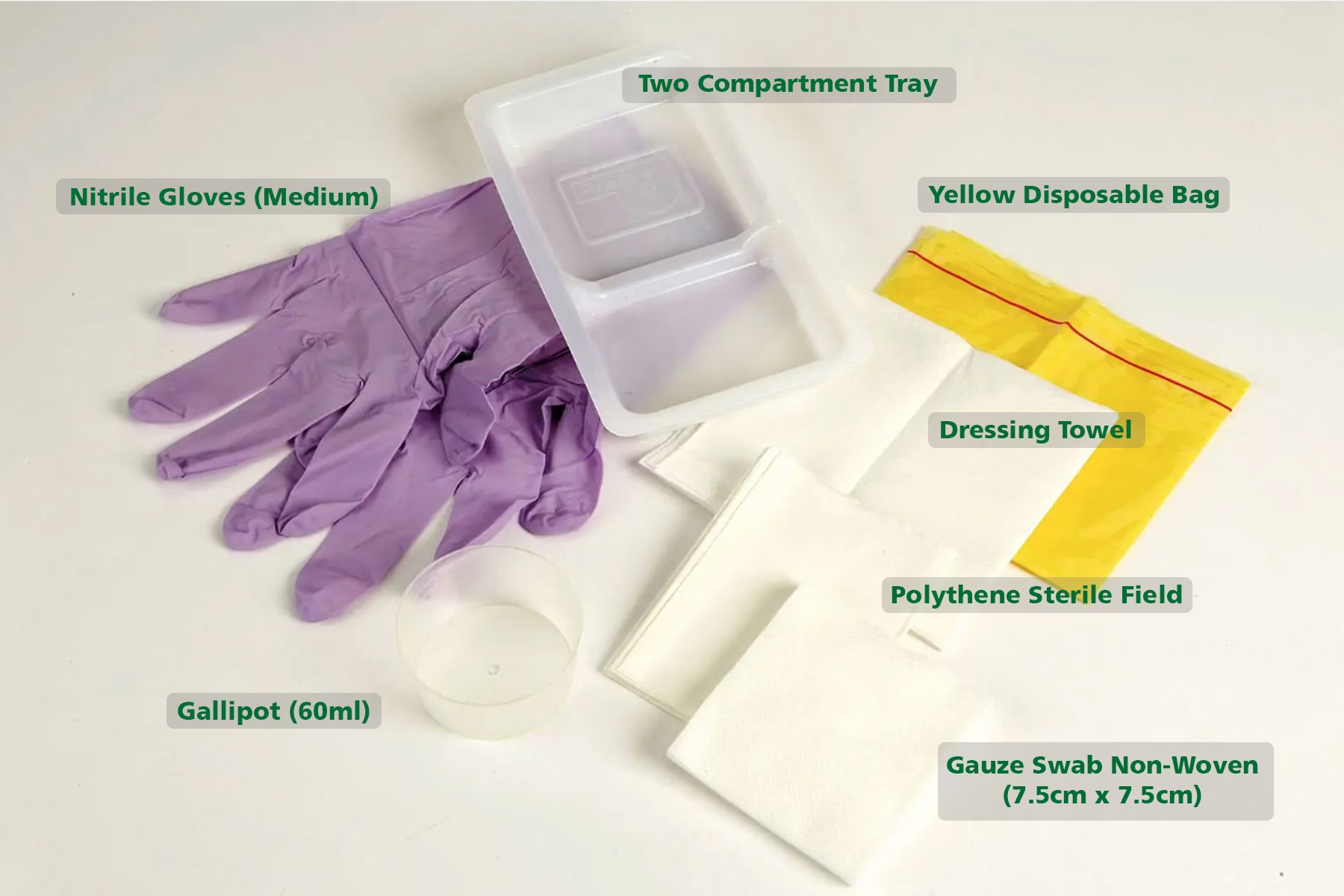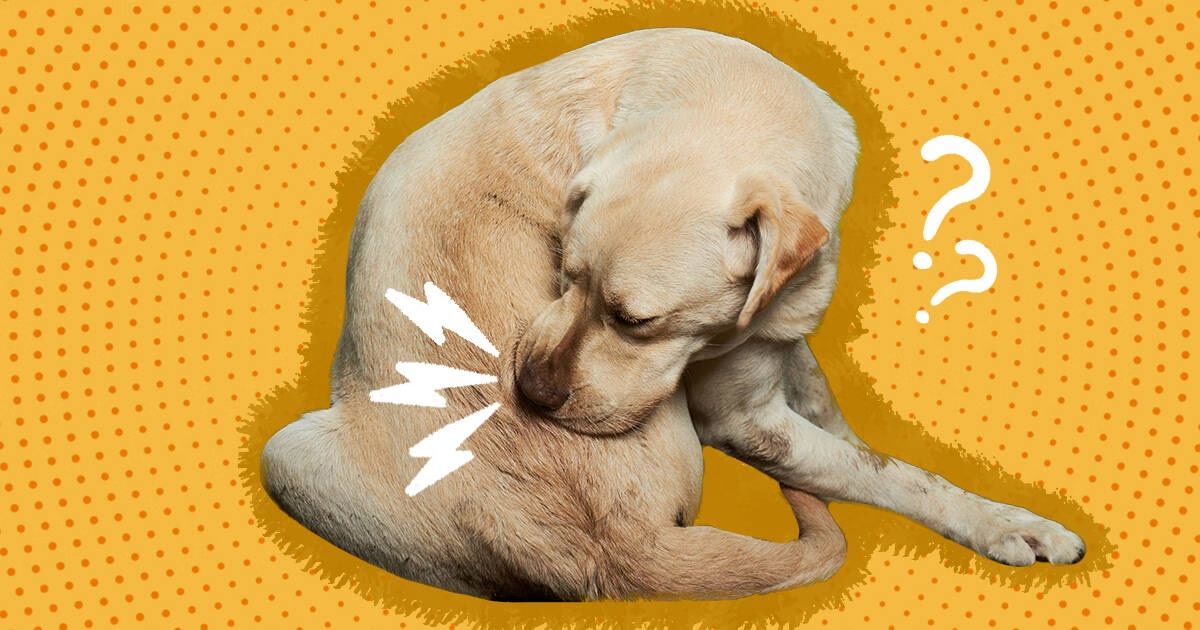Dog Bite Treatment: First Aid & Seeking Help
Introduction
A dog bite, especially on sensitive areas like the buttocks, can be both painful and concerning. While many dog bites are minor and can be treated at home, it’s important to understand the proper steps for immediate care to prevent complications. The buttocks, with their muscle and fatty tissue, are prone to injury from a bite, which can lead to bruising, swelling, and even infection if not treated properly.
In some cases, a dog bite may also present a risk for more serious conditions like rabies or tetanus, particularly if the animal is unknown or unvaccinated. Knowing how to handle a dog bite on the buttocks, from cleaning the wound to recognizing when medical help is necessary, is essential for proper healing and reducing the risk of further complications. In this article, we will cover what you need to know about dog bite buttock treatment, ensuring you have the information needed for safe recovery.
Understanding Dog Bites on the Buttocks

Dog bites on the buttocks are relatively uncommon but can occur in situations where the dog feels threatened or is startled. The buttocks are often targeted because they are an easily accessible area, especially in playful or defensive bites. Dogs may bite during encounters involving fear, territorial behavior, or improper handling. The size and depth of the bite will vary depending on the dog’s size and aggression, which can affect the severity of the injury and necessary treatment.
Immediate First Aid for a Dog Bite on the Buttocks
When bitten by a dog, immediate first aid is crucial to prevent infection and reduce the severity of the wound. Start by cleaning the bite with mild soap and water to remove dirt and bacteria. Apply gentle pressure to stop any bleeding, and use a clean cloth or bandage to cover the area. Applying a cold compress can help reduce swelling. Avoid using harsh chemicals or applying excessive pressure, as this could worsen the injury.
Assessing the Severity of a Dog Bite
Not all dog bites are the same, and it’s essential to assess the severity of the injury to determine the appropriate treatment. Minor bites might cause small puncture wounds or abrasions, while more severe bites can result in deep tissue damage, heavy bleeding, or significant swelling. Look for signs of infection such as redness, warmth, and discharge. If the wound is large, deep, or shows signs of infection, it’s important to seek professional medical attention promptly to prevent further complications.
Proper Wound Cleaning Techniques

Properly cleaning a dog bite is one of the most important steps in preventing infection and promoting healing. Start by washing your hands thoroughly before touching the wound. Clean the bite with mild soap and water, gently scrubbing the area to remove dirt or debris. Avoid scrubbing too hard, as it may cause additional damage. After cleaning, apply an antiseptic to the wound and cover it with a sterile bandage. Keep the wound clean and dry while it heals to minimize the risk of infection.
When to Seek Professional Medical Treatment
While many dog bites can be treated at home, there are situations where professional medical attention is necessary. If the bite is deep, causes excessive bleeding, or involves sensitive areas like the face or joints, it’s important to see a doctor immediately. Additionally, if you experience signs of infection, such as increased redness, swelling, or pus, medical help should be sought. A healthcare provider can also assess the risk of more serious conditions, like rabies or tetanus, and administer the necessary treatments or vaccinations.
Dog Bite Buttock Treatment: Pain Relief Options
Dog bites can be extremely painful, and managing that pain is an important part of the healing process. Over-the-counter pain relievers, such as ibuprofen or acetaminophen, can help reduce pain and inflammation. Applying a cold compress to the affected area may also provide temporary relief by numbing the area and reducing swelling. For more severe pain, your doctor might recommend a prescription pain medication. Always follow medical advice to ensure safe and effective pain management during recovery.
Preventing Infection After a Dog Bite
Preventing infection is crucial after a dog bite, as open wounds are highly susceptible to bacterial contamination. After cleaning the bite, apply an antibiotic ointment to the area to reduce the risk of infection. Keep the wound covered with a sterile bandage and change the dressing daily. It’s important to monitor the bite for signs of infection, such as increased redness, warmth, swelling, or pus. If you notice any of these symptoms, seek medical attention immediately for further treatment, including possible antibiotics.
Tetanus and Dog Bites: What You Need to Know
Tetanus is a bacterial infection that can occur when a wound is exposed to certain bacteria found in soil or animal saliva. While tetanus from a dog bite is rare, it’s still important to consider the possibility, especially if the bite is deep or if the dog’s vaccination status is unknown. If you haven’t had a tetanus shot in the last five to ten years, your doctor may recommend a booster. It’s crucial to seek medical advice to prevent this serious infection.
The Role of Rabies in Dog Bites
Rabies is a viral infection that can be transmitted through the saliva of an infected animal, including dogs. Although rare in many countries due to widespread vaccination programs, rabies remains a concern, especially if the dog’s vaccination status is unknown. If bitten by a dog, especially one that is acting aggressively or unusually, it’s important to assess the risk of rabies. If there is any suspicion of rabies exposure, immediate post-exposure treatment with a rabies vaccination series is crucial to prevent the onset of the disease, which is often fatal if untreated.
Healing Process and Aftercare Tips

The healing process for a dog bite can vary depending on the severity of the wound and how well it is cared for. Minor bites may heal within a few days, while more serious injuries can take weeks or even months to fully recover. Proper aftercare, such as regularly changing the dressing, avoiding unnecessary strain on the affected area, and continuing to monitor for infection, is essential for a smooth recovery. Follow up with your doctor if the wound shows any signs of complications or if healing progresses slowly.
Psychological and Emotional Impact of Dog Bites
In addition to physical wounds, dog bites can also leave emotional scars, especially if the attack was traumatic or unprovoked. Victims may experience anxiety, fear of dogs, or post-traumatic stress disorder (PTSD), which can affect daily life. It’s important to acknowledge and address these psychological effects by seeking support from a counselor or therapist if needed. Talking through the experience and practicing desensitization techniques can help overcome the fear of future encounters with dogs.
Conclusion
Dog bites, though often minor, require prompt attention and proper treatment to ensure a smooth recovery. Whether the injury is on the buttocks or another area, immediate first aid, proper wound care, and knowing when to seek medical help are key steps in reducing complications. In addition to treating the physical injury, it’s important to consider the emotional impact of a dog bite and take steps toward recovery. By following proper care guidelines and seeking professional help when necessary, you can ensure the best outcome for both your physical and mental well-being.
FAQS
What is the best treatment for a dog bite?
Use mild soap and warm, running water. Rinse the bite for 3 to 5 minutes. Apply an antibacterial ointment to the wound. This may help reduce the risk for infection.
Do I need injection after dog bite?
Yes of course, you need to take post-bite anti-rabies vaccine immediately. It is recommended to take at least 4 doses of post bite anti-rabies vaccines on day 0, 3, 7, and 21 (Essen schedule) that provide active immunity .
Which ointment is best for dog bites?
Antibacterial Ointment: Applying an over-the-counter antibacterial ointment, like Neosporin, helps reduce the risk of infection. Follow the product instructions. Pain Relief: Over-the-counter pain relievers like acetaminophen or ibuprofen helps alleviate pain and inflammation.
Can we apply Dettol on a dog bite?
The best thing to do here is to apply pressure with a bandage until you get home. Then clean the wound off with a mild antiseptic solution such as salty water. If you have some of the antiseptic solutions from the surgery then all the better. Do not use Dettol, Savlon or other strong irritant solutions.
Is TT injection necessary for dog bite?
Yes, a tetanus booster (TT injection) is often recommended after a dog bite, particularly if it’s been more than five years since your last tetanus shot or if the wound is deep or dirty. Dog bites can introduce bacteria into the wound that can cause tetanus, a serious and potentially life-threatening infection.
